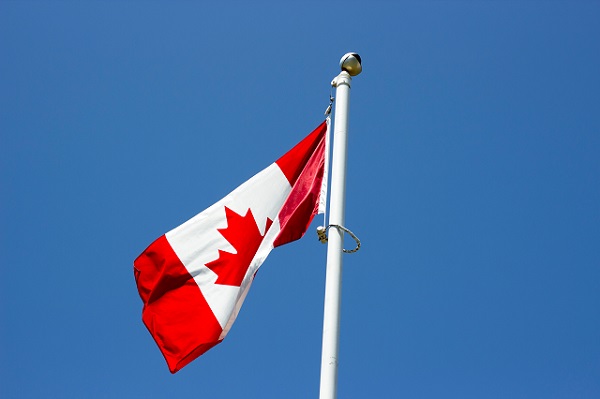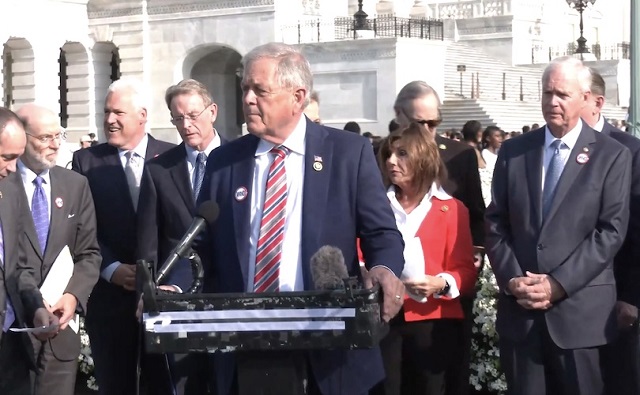Local Sports
‘The Games We Play’ Feature Exhibit

The Games We Play
Written By Breanna Suk, Collections and Exhibit Coordinator, Alberta Sports Hall of Fame and Museum
In February, we launched our new feature exhibit “The Games We Play,” which is filled with traditional table top games, some indigenous hand games, and several video game consoles.
The feedback we received from friends, volunteers, and guests has been overwhelmingly positive, however, we are often asked, ‘How do games, especially video games, tie into sports?’ I love this question because it allows me to share why this exhibit means so much to me and why I was so excited to do the research, write the storyline, and watch the whole exhibit come together.
I grew up in a house where we played family games more than sports, so these were my very first introductions to sports. I vividly remember sitting on the floor playing crokinole with my grandpa while he visited from Ontario. I remember the strange phantom pain I felt in my fingertips when the game piece hit the pegs, even though my fingers were nowhere near the board. Later, while watching the Ferby Four curl on TV with my dad, I made the connection between the sport of curling and the crokinole game.
I have similar memories of video games. I can remember being 5 or 6 and watching my brother play NHL ‘95. He took the time to explain to me who all the different players and teams were and his choices. It is the first real memory I have that is attached to hockey, which is now one of my favourite sports to watch and follow. These childhood memories give a broader appreciation for how these games allow us, as children and fans, to interact with the teams and players we love. Now married, I spend many nights curled up with my husband as he plays NHL ‘18 and MLB Showtime.
When I started planning this exhibit, I was very nervous. While I love creating exhibits highlighting technology and equipment evolution, I was even more excited to make something that would prompt my generation and younger to remember their first sports video games. While “The Games We Play” might not be what you expect in a sports museum, this exhibit will show exactly how games and sports belong together.
Community
The Raptors (Ridgefield Raptors that is) are coming to Edmonton next summer
At first word that the Raptors will be spending a few days in Edmonton next summer, sports fans might be excused for jumping up and down at the thought of a high-profile NBA event.
But the Raptors under discussion play another game — baseball — and they’re based not in Toronto but in Ridgefield, Wash., a small centre near the Washington-Oregon border which claims fewer than 10,000 residents in its Wikipedia profile. Edmonton — officially labeled the Riverhawks — is now a partner in the West Coast League, which develops college players and has seen several top prospects selected in recent Major League Baseball drafts.
Also joining this week are teams based in Kamloops and Nanaimo, bringing the British Columbia contingent to four teams. Victoria and Kelowna were already members of what now is a 15-team organization.
Teams currently occupy Yakima, Wenatchee, Walla Walla and Port Angeles in Washington, as well as Bend, Corvallis and other communities in Oregon.
The city of Edmonton confirmed months ago that the Edmonton Prospects of the Western Canadian Baseball League would not be returning to Re/Max Field. Several years of association with Pat Cassidy and the Prospects had led to difficult feelings on both sides.
The Prospects are developing a new facility in Stony Plain. It will be ready for competition in 2022. Cassidy has said his team will find another place to play in 2021. All comments on next year and beyond are based, of course, on the progress of local, provincial and national fights against COVID.
Randy Gregg, the former Edmonton Oilers defenceman who led the new group’s campaign to function in Re/Max Field, unveiled his new organization at a well-attended news conference and said several options concerning the WCBL were considered but “there were continuing roadblocks.”
During months of negotiation, Gregg and his supporters did not communicate with the public. Neither did city council. “When you sign a non-disclosure agreement, you have to abide by it. Your signature has to mean something,” he said.
Gregg insisted the Riverhawks organization has no ill feelings about the WCBL. “It might have worked well,” he said. A few casual remarks were made about the potential value to this entire region if both the WCBL and the WCL are profitable.
The Edmonton approach includes sharing in travel costs for existing West Coast League teams. Similar situations made it difficult for a pair of so-called “independent” teams to operate in the years after the Edmonton Trappers were sold and Edmonton had no significant baseball.
Gregg is convinced the new load of travel costs will not be insurmountable. The Riverhawks are a collection of 28 contributors. He also pointed out that at least a couple of Edmonton’s new partners are owned or controlled by owners with major-league connections.’
“We’ve got a big job ahead of us,” he said. “We know that a lot of baseball fans have never seen a game at Re/Max Field.”
As things were unfolding between the Prospects and city officials, there were regular suggestions that no lease would have been granted for the WCBL in 2021. “Can you imagine what it would feel like to have no baseball for maybe three or four years in this great sports city?”
Last week our nation ran into a spree of high-profile miracles
Edmonton
Hockey, basketball and volleyball gone from the U of A’s fall and winter to-do lists

At almost any time in memory, Wednesday’s decision to remove hockey, basketball and volleyball from the University of Alberta’s fall and winter to-do lists would be considered a major surprise.
This year, I suspect fans and athletes should have been at least partially prepared for it. Blame the pandemic. That’s easy.
Explain that sponsorship money has dried up and every available penny must be saved to keep professors employed and students involved. That’s easy, too. Some are sure to suggest that there are deep political motives in this move to move beyond the Bears and Pandas for one year. Maybe. Maybe not. Rightly or wrongly, political movements are seen in every action these days.
If additional explanations are required, Alberta’s UCP government is sure to be singled out as cause number three; they inherited an entity in severe financial difficulty, ensuring that some budget cuts would be made as soon as possible after the NDP lost political control of the province.
This, of course, occurred well before the coronavirus crisis created overwhelming proof that sport, certainly in Canada, is something of an after-thought at all levels of society. As this is written, every professional sport is being exposed on a daily basis as a means for millionaires and billionaires to fatten their bankrolls. If timely political statements are necessary, fine; they’ll be made, but no rational soul would dare to suggest that sport has actual relevance in this time of incoherent arguments and twisted responses.
In one old scribbler’s opinion, good news ultimately will develop, almost as a result of the disappearance of the Bears and Pandas for at least one season. A move so dramatic at a level so vital is sure to create deep thought.
Which is where university sport fits in the puzzle. These organizations are the home of undoubted brilliance. In many ways, they create the model for all amateurs and low-profile professionals to follow. One day, perhaps soon, this world-wide rash of social, physical and emotional misery will be behind us. Then, cohorts of tough and committed leaders across the entire spectrum of athletics will have to step up. They will be obligated to contribute time and effort in a search for the best possible ways to ensure excellence in scholastics, citizenship and competition.
Now, looking back for even a few years, it’s essential to remember that amateur sports were being painfully slammed by financial necessities before COVID-19’s destructive arrival.
Athletic directors at U of A and MacEwan University have spoken of rising costs in tones that sometimes sounded almost desperate. I’m sure the same applies to the University of Calgary.
Similar words have been heard commonly in discussion with coaches and athletic directors at Alberta colleges. NAIT and Concordia leaders know the topic extremely well. So do alumni members working to keep hockey alive in the storied atmosphere of Camrose’s Augustana campus of the U of A.
In a lifetime of hearing old adages, one has stuck out since childhood:
“It’s Always Darkest Before the Dawn.”
This corner hopes the dawn comes quickly.
-

 espionage2 days ago
espionage2 days agoCanada’s intelligence chief says he personally warned Trudeau about China’s election meddling
-

 Opinion2 days ago
Opinion2 days agoFemale athletes are turning against gender-confused men dominating women’s sports
-

 Censorship Industrial Complex2 days ago
Censorship Industrial Complex2 days agoScotland’s crazy anti-hate law may be sign of things to come here
-

 Business2 days ago
Business2 days agoHigher Capital Gains Taxes cap off a loser federal budget
-

 CBDC Central Bank Digital Currency1 day ago
CBDC Central Bank Digital Currency1 day agoLawmakers, conservatives blast WHO plan for ‘global governance’ on future pandemics
-

 COVID-1920 hours ago
COVID-1920 hours agoJapanese study finds ‘significant increases’ in cancer deaths after third mRNA COVID doses
-

 Brownstone Institute19 hours ago
Brownstone Institute19 hours agoPfizer Lied to Us Again
-

 Brownstone Institute18 hours ago
Brownstone Institute18 hours agoDid Lockdowns Set a Global Revolt in Motion?